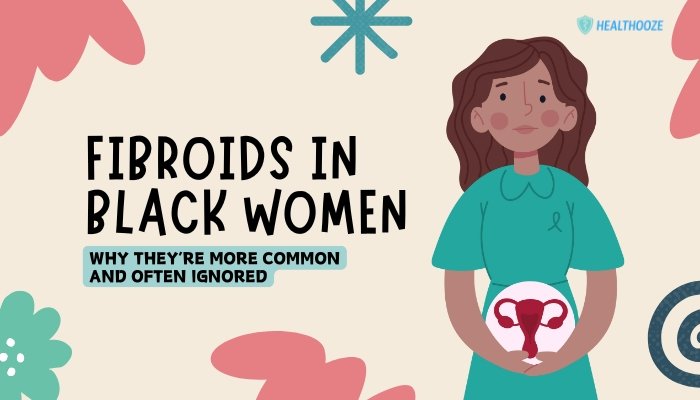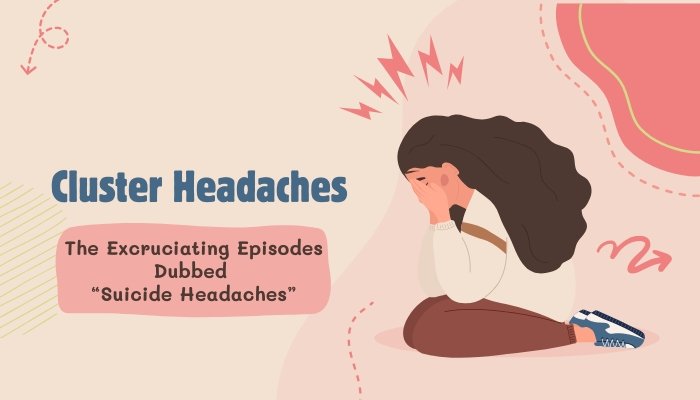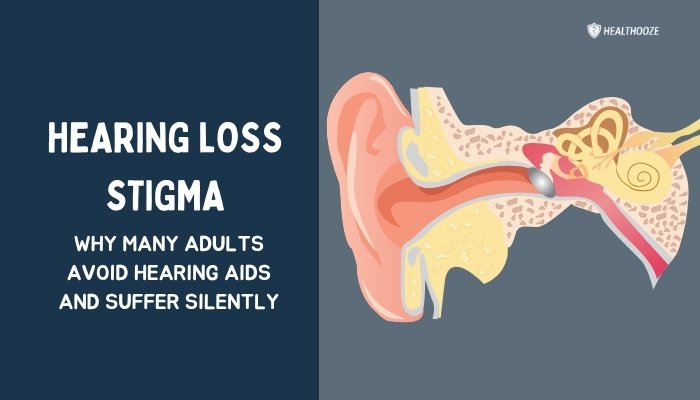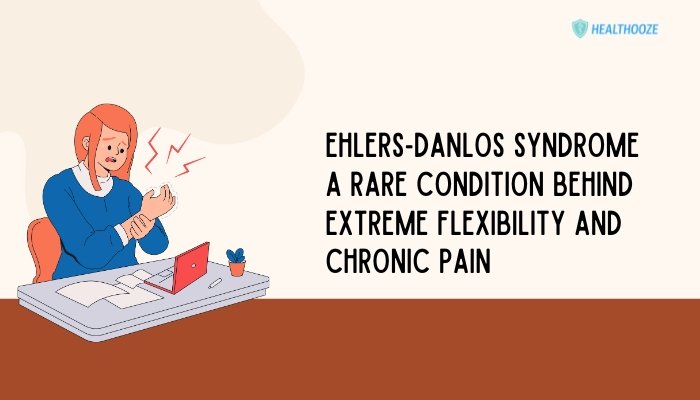Introduction
Many patients leave doctor appointments feeling unheard or brushed off. If you’ve ever been told “it’s all in your head,” or “nothing’s wrong” despite experiencing persistent symptoms, you might have experienced medical gaslighting. The term refers to a situation where a healthcare provider downplays, disbelieves, or outright dismisses a patient’s complaints or experiences.
Such encounters aren’t merely frustrating—they can delay diagnoses, worsen health outcomes, and undermine patient confidence. This article explains how medical gaslighting emerges in clinical settings, the harm it causes, and ways to advocate for yourself or loved ones facing dismissive treatment.
Defining Medical Gaslighting
Origins of the Term
“Gaslighting” originally comes from a psychological manipulation concept in the 1940s film Gaslight, where a husband manipulates his wife into doubting her sanity. In healthcare, it describes scenarios where doctors or staff discount a patient’s symptoms or data, leaving them feeling confused or silenced.
Common Red Flags
- Minimizing: Brushing off symptoms as “stress” or “normal aging,” particularly if you feel the problem is more severe.
- Invalidating Language: Using phrases like “you’re overreacting,” “it’s in your head,” or “just lose some weight.”
- Ignoring Results: Overlooking test findings that might indicate a real issue or failing to conduct further investigation when indicated.
Who’s at Risk?
Certain groups—women, people of color, individuals with rare conditions, or those with mental health histories—often report medical gaslighting. Bias can seep into consultations, reinforcing stereotypes or assumptions about pain tolerance and credibility.
Why Does Medical Gaslighting Happen?
Systemic Pressures
A shortage of time in busy clinical environments can lead to superficial visits. Under duress, doctors might rely too heavily on typical presentations of disease, leading them to dismiss atypical or subtle manifestations.
Implicit Bias
Unconscious attitudes about gender, race, or mental health can prompt providers to attribute genuine symptoms to anxiety, dramatization, or “attention-seeking.” These biases can result in repeated misdiagnoses or ignoring real health threats.
Overreliance on Normal Tests
If standard labs or imaging come back “normal,” providers may, sometimes prematurely, conclude there’s no organic cause. Patients with rare diseases or conditions not easily captured by general tests can be left without adequate exploration.
Consequences of Dismissive Healthcare
Delay in Diagnosis
Patients with serious conditions—like autoimmune disorders, heart diseases in younger women, or even cancers—may not be diagnosed until advanced stages if their early complaints are dismissed repeatedly.
Worsening Mental Health
Being told repeatedly you’re exaggerating or imagining symptoms can induce self-doubt, anxiety, or depression. This further complicates medical visits, as providers might misconstrue these emotional states as the primary issue.
Eroded Trust
A sense of betrayal or frustration can make patients avoid seeking medical help altogether, risking untreated complications. If trust is broken once, re-engaging with new clinicians may feel daunting.
Recognizing the Signs and Taking Action
Spotting Gaslighting Behaviors
- Trivialization: Consistent remarks like “It can’t be that bad.”
- Blame Shifting: Suggesting you just need better exercise or less worry, without investigating deeper.
- Immediate Dismissals: Cutting you off mid-explanation or ignoring valid medical records.
Strategies for Patients
- Document Symptoms Thoroughly: Logging details (dates, intensity, triggers) provides clear evidence beyond abstract complaints.
- Request Second Opinions: Another specialist or provider might approach your case with fresh eyes.
- Assertive Communication: Politely restate your observations if overshadowed. Ask direct questions like, “What next steps can we take to confirm or rule out possible causes?”
Enlisting Support
- Allies: Bringing a friend, relative, or patient advocate can help keep notes, provide emotional backing, and ensure all concerns are relayed.
- Patient Groups: Online communities or local support networks can offer tips on reputable doctors familiar with specific conditions.
What Healthcare Providers Can Do
Fostering a Patient-Centered Culture
Practitioners can reframe each appointment around listening, ensuring the patient feels validated. Training sessions on empathy, unbiased communication, and cultural competence help mitigate assumptions.
Use of Shared Decision-Making
Engaging the patient in the diagnostic process, discussing potential differential diagnoses, and co-creating follow-up plans encourages transparency. Even if tests are inconclusive, this open approach fosters trust and avoids finality in ambiguous cases.
Accountability
Hospitals or clinics should maintain feedback mechanisms for patients to report experiences of feeling dismissed. Reviewing such complaints fosters institutional awareness and corrective measures, including additional staff training.
Toward a More Inclusive and Respectful Healthcare
Shifting Mindsets
Acknowledging that no single test or “typical presentation” captures all patient realities is key. Clinicians must remain open to less common disease presentations, especially for historically marginalized communities.
Advocacy and Policy
Policies promoting extended consultation time, mandatory implicit bias training, and inclusion of patient voices in policy-making can reduce the circumstances leading to medical gaslighting.
Empowering Patients
From youth to older adults, encouraging health literacy ensures individuals feel comfortable asking questions and pushing back when dismissals arise. Overcoming power imbalances demands collectively normalizing respectful, bidirectional dialogue.
Conclusion
Medical gaslighting undermines the very foundation of quality healthcare: trust and mutual respect. By recognizing its signs, patients can better advocate for themselves, ensuring essential tests or referrals aren’t neglected. Meanwhile, providers and institutions can address biases and systemic barriers that perpetuate dismissive attitudes, leading to better diagnostic accuracy and patient satisfaction. Ultimately, forging an inclusive, listening-based clinical culture ensures that no one’s legitimate health concerns are trivialized, bridging the gap toward truly compassionate care for all.
References
- Lavizzo-Mourey R, MacKenzie E. Unconscious bias in health care. JAMA. 2018.
- Institute of Medicine. Crossing the Quality Chasm: A New Health System for the 21st Century. 2001.
- Georgopoulos M, Norris G. Patient advocacy and the patient perspective. Patient Experience J. 2017.







